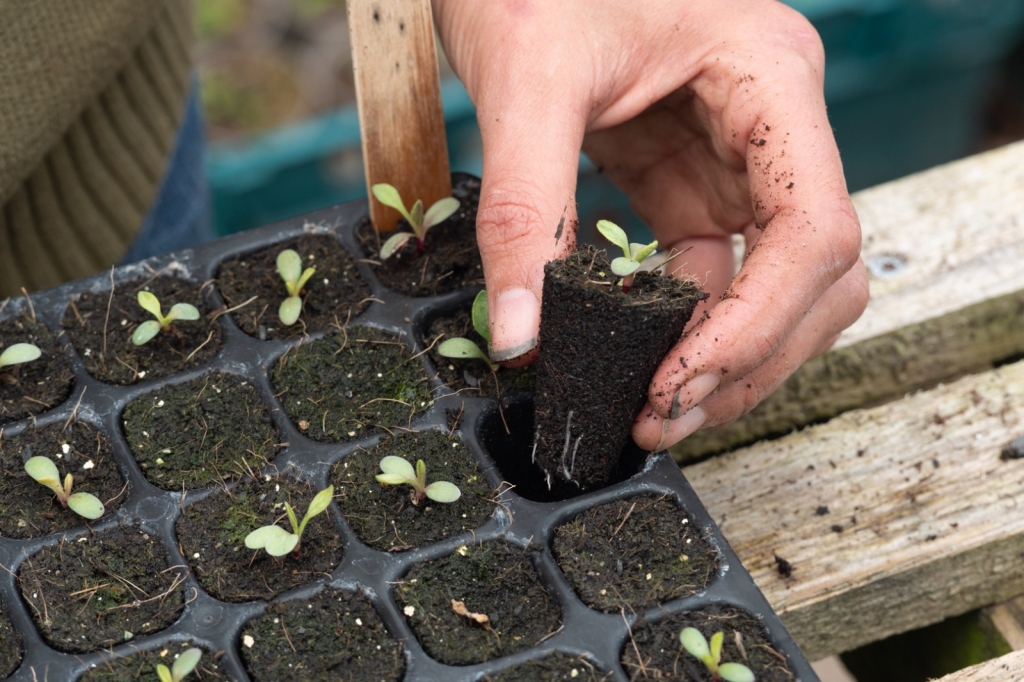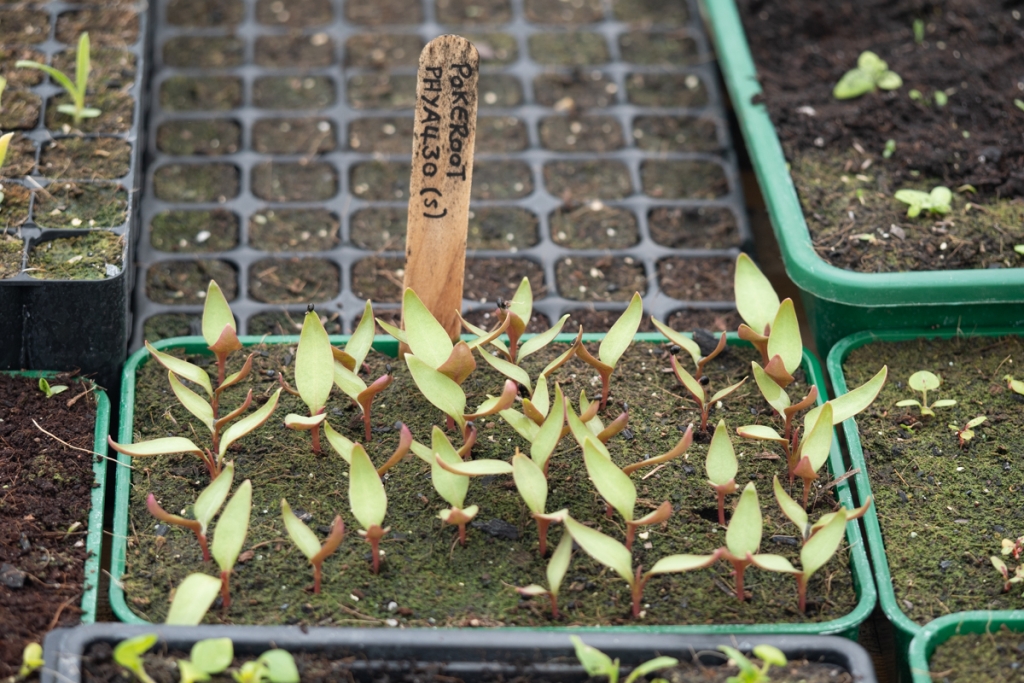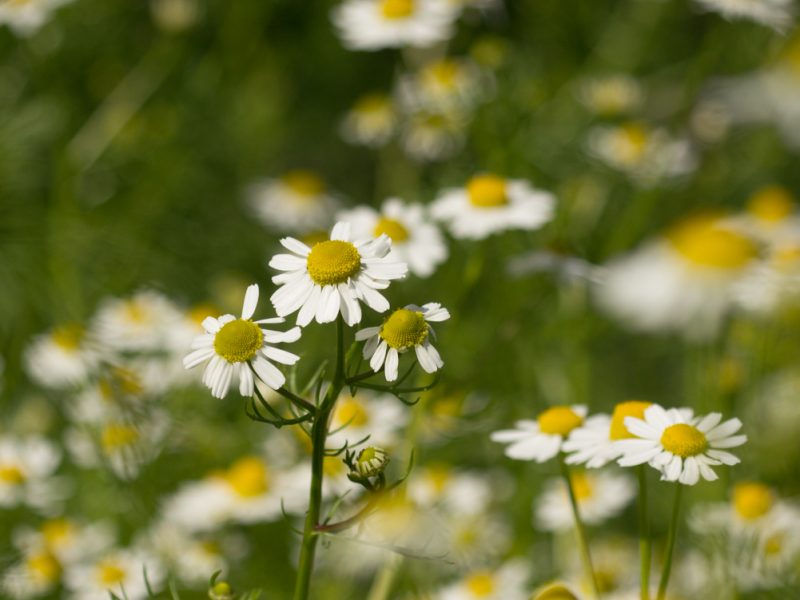Should I sow my herb seeds in pots, plugs or trays?
Unless you are sowing your seeds directly into a bed, you will need to choose whether to sow your seeds into pots, plug trays or open trays (also known as flats). Each option has its pros and cons and the best solution for you will depend on a number of things, including how much space you have, how often you’re able to provide water, or simply what you already have to hand.
At Earthsong Seeds we tend to use open trays more than plug trays. There are two main reasons for this; the first is that open trays are far less prone to drying out than individual plugs. This is particularly important to bear in mind with species that take a long time to germinate, or continue germinating over a long period (by mid-May the sun can dry a tray out in no time, which can be a problem if you go away for the weekend, for example).
The second reason to use open trays is that the germination rate of some species can be unpredictable and sowing them in open trays at a higher density can be a more efficient use of space.



For some species it makes more sense to sow in plugs, especially if they are reliable germinators and you are a reliable provider of water. The main advantage is that you can plant them straight out (or into a pot) without the delicate and time-consuming job of pricking out small seedlings, and without exposing the roots in the process. And for erratic germinators (such as catnip or lavender), one advantage is that a seedling can be popped out without disturbing the yet-to-germinate seeds around it.
And then there are big seeds, such as blessed thistle and burdock, which we advise sowing a single seed – or two – directly into a larger pot. This gives the seedling plenty of time to grow into its space without hitting the bottom of the tray or plug. If you have plenty of space and lots of pots, this is also a good option for smaller seeds as it saves time potting up later on.
It is good to be aware of which species grow tap roots (a large, central, and dominant root from which other roots sprout laterally) and to make sure that a tap root is not allowed to hit the bottom of its container. Species with tap-roots, such as Echinacea angustifolia, should be moved into deeper containers – or planted out – as soon as possible. For tap-rooted plants we sometimes use deep plug trays to allow them more time to grow before planting out.
In terms of what compost to sow into, we always recommend using a commercial seed compost, mainly because it will be free of weed seeds. You can of course use your own compost, but if there are weed seeds lurking, you may find that they overtake and overwhelm your slow-growing herbs.
Finally, one more thing to consider is whether or not your seeds are at risk of being eaten by mice or other small creatures. We used to sow a lot of our seeds in beds in the greenhouse, but found that too many were getting eaten. So we now prefer to sow in trays on raised benches which are harder for the small creatures to access.



